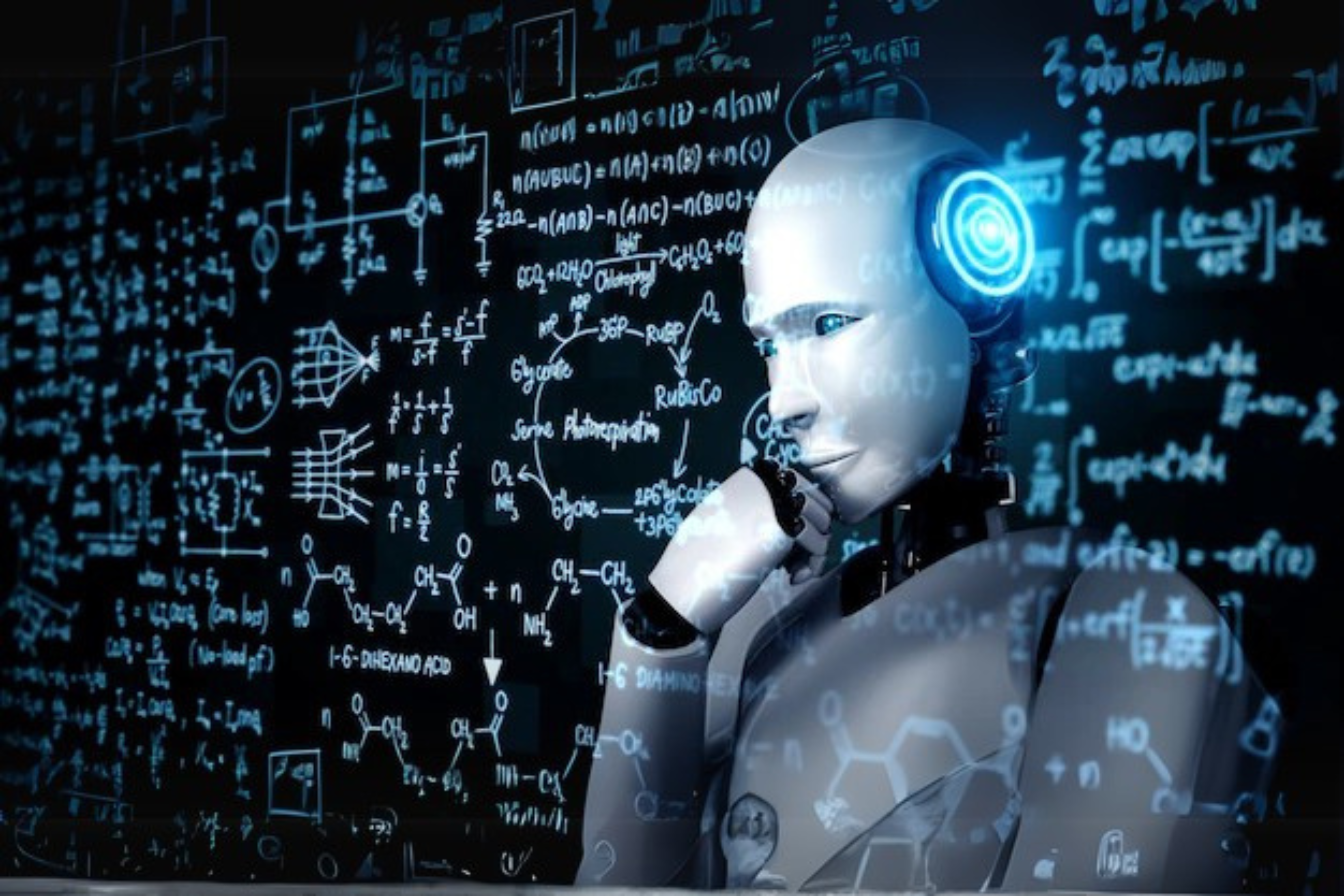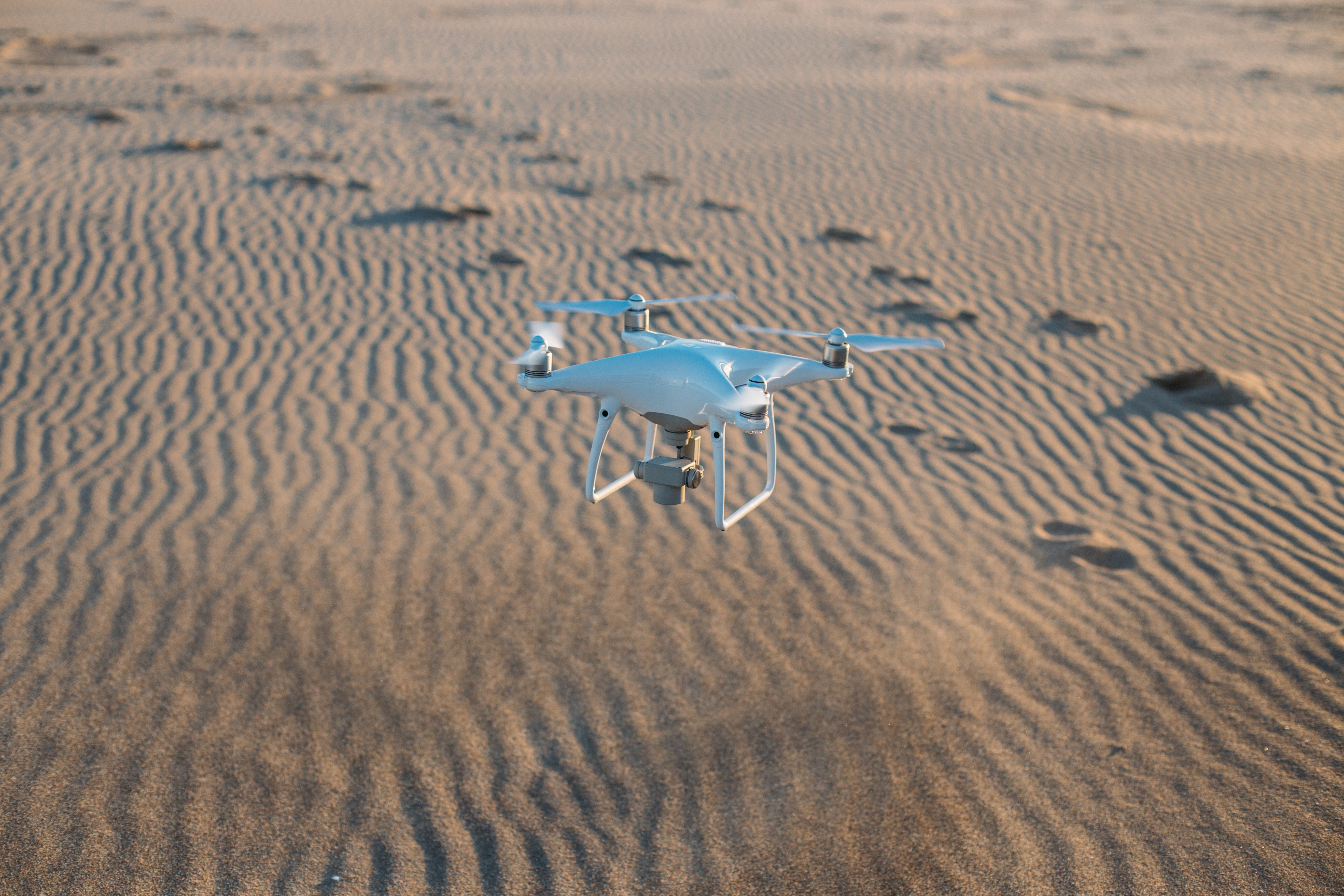The integration of Artificial Intelligence (AI) and Machine Learning (ML) into drone technology is revolutionizing the capabilities of unmanned aerial vehicles (UAVs). This shift can be traced across various sectors, including agriculture, logistics, emergency services, and military applications. AI significantly boosts drones’ functionality and effectiveness by enhancing autonomy, improving decision-making, and enabling real-time data processing.
Drones were initially remote-controlled devices with limited autonomy means they used to rely heavily on human control. However, in the wake of AI, this has changed, turning drones into intelligent systems that can execute complex tasks on their own. Industry reports suggest that the global AI market in drone technology may reach $84 billion by 2030, showing a compound annual growth rate (CAGR) of 28.5% from 2023 to 2030. This reflects more demand for precision and efficiency in data collected across industries.
Key Enhancement with AI and Machine Learning
1. Increased Autonomy
AI algorithms allow drones to function with minimal human input. They can self-navigate complex environments, make decisions using real-time data, and change their ways of operation to the changing conditions. This makes operations more efficient and expands the realm of tasks that drones can execute. For example, agricultural drones can survey great farms without constantly looking after a human.
2. Better Situational Awareness
Drones equipped with AI can process data from multiple sensors—such as cameras, LiDAR, and radar—allowing them to understand their surroundings effectively. This enhanced situational awareness enables drones to identify obstacles, recognize objects, and respond appropriately to ensure safe operations. For instance, AI-driven obstacle detection systems allow drones to avoid collisions during flight autonomously. This capability is crucial for urban environments where navigating buildings and other structures is necessary.
3. Intelligent Navigation and Path Planning
AI facilitates advanced navigation techniques that enable drones to plan optimal flight paths autonomously. Using algorithms such as simultaneous localization and mapping (SLAM) and reinforcement learning, drones can navigate complex terrains while avoiding obstacles without relying on GPS signals. This is especially helpful in remote areas like forests or mountains where GPS signals may be weak or unavailable.
4. Real-Time Data Analysis and Decision-Making
The most significant advantage of integrating AI with drone technology lies in analyzing vast amounts of data in real-time. Drones can quickly process information gathered during flights—the environmental conditions or operational metrics—leading to immediate decision-making that boosts the effectiveness of the mission. For instance, timely information can make a difference between life and death in search and rescue operations. For example, in natural disasters such as floods or earthquakes, AI drones can quickly survey the damage and locate survivors faster than traditional methods.
5. Swarm Intelligence
AI allows multiple drones to work together as a coordinated swarm. The drones can share data and communicate with each other in the group, which enables them to execute complex missions more efficiently than any individual drone could do on its own. This is an essential aspect of swarm intelligence, especially in military operations or monitoring large areas for crop health. For instance, it may be easier for a swarm of drones to cover large areas in crop health assessment or surveillance missions rather than individual units.
6. Predictive Maintenance
AI-based systems can monitor drone performance by analyzing sensor data and flight patterns to predict potential maintenance issues before they occur. This predictive maintenance capability increases the operational lifespan of drones while reducing downtime and maintenance costs. Anticipating failures before they happen allows operators to schedule repairs in advance, ensuring that drones remain operational when needed most.
Applications Across Industries
AI’s revolution in the drone industry is multifaceted and affects many sectors.
1.Agriculture
Drones equipped with AI can monitor crop health, optimize pesticide application, and assess soil conditions more efficiently than traditional methods. Multispectral imaging combined with AI analysis allows farmers to identify areas needing attention quickly, leading to increased yields and reduced resource waste.
2. Logistics
In supply chain management, AI-powered drones deliver the package faster by navigating around obstacles and optimizing routes in real time. Companies like Amazon are searching for drone delivery systems that utilize AI in handling packages and route optimization.
3. Emergency Services
Drones are essential for responding to disasters because they can provide aerial views of affected areas, deliver supplies, or assist in search-and-rescue missions. In the case of wildfires or floods, drones with thermal imaging cameras can quickly locate hotspots or stranded individuals much faster than ground teams.
4. Military Uses
In defense applications, AI improves target detection and tracking abilities and provides autonomous operation capabilities that minimize risks for manned aircraft pilots. Reconnaissance drones can quickly analyze large landscapes while identifying possible threats according to predefined parameters.
Challenges Ahead
While AI offers numerous benefits in drone technology, several challenges persist:
1. Regulatory Hurdles
Integrating autonomous drones into airspace raises regulatory concerns about safety and privacy. Governments worldwide are still developing frameworks that allow for safe commercial use while addressing public concerns about privacy violations.
2. Technical Limitations
While AI considerably improves drone performance, technological constraints, including battery life and payload, are significant barriers to broader adoption. With further research, solutions, such as better batteries or hybrid power systems, will be available.
3. Data Security
Since drones generate large volumes of data, the safety and privacy of this data have become even more crucial. Cyber security measures should be there to protect sensitive data from unauthorized access or malicious attacks.
This fusion of AI and machine learning with drone technology is the beginning of a new generation of UAVs. As these technologies advance further, more significant enhancements in autonomy, efficiency, and versatility can be expected across various applications. Future advancements could include even more sophisticated AI algorithms, longer flight times, and increased payload capacities. This development will redefine the operations of industries and open the doors to innovative solutions previously thought unimaginable.
However, collaboration among tech developers, regulators, and businesses is necessary to address challenges like regulations and data security. By working together, we can ensure AI-powered drones are safe, ethical, and beneficial for everyone while unlocking their full potential across various fields.
Transform your operations with Vega Drones! Discover our state-of-the-art drone solutions that enhance efficiency and precision across various industries today!






